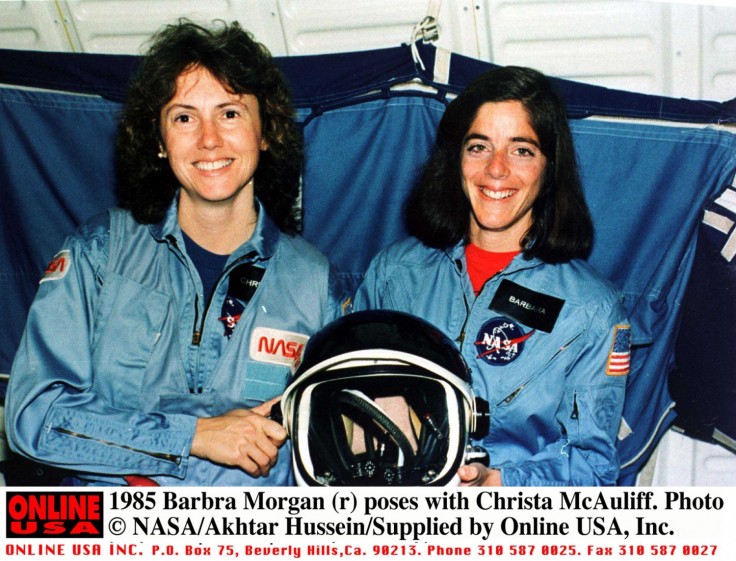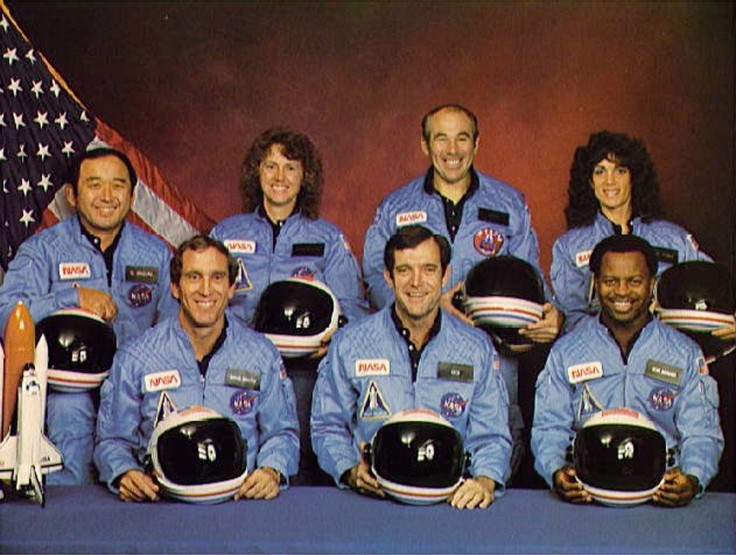Christa McAuliffe is one of the astronauts that were excited to be in space and share its wonders with the rest of the world. She was also the first teacher to be in space following her successful application to NASA's "Teacher in Space" Project.
However, her hopes and dreams did not come to pass after the Challenger space shuttle erupted into flames.
Here are some things you might not know about McAuliffe:
Her Full Name Was Sharon Christa C. McAuliffe
Christa McAuliffe was born on Sept. 2, 1948, as Sharon Christa M. Corrigan, the oldest of five children borne from the union of Edward and Grace Corrigan, per Biography.
She was an adventurous child in her early years and grew up in a quiet, suburban neighborhood in Framingham, Massachusetts.
Her name was changed to Christa C. McAuliffe after she married her longtime boyfriend, Steven J. McAuliffe in 1970.
She Witnessed The 'Space Age' Being Born

During her youth, she graduated from Marian High School in 1966 and studied American History and education at Framingham State College until 1970. However, her fascination with space and the Space Age started in her high school days.
According to NASA, she was excited over the Apollo moon landing program, sparking her interest to later apply for the space agency's "Teacher in Space Project" for the Challenger missions.
She then wrote in her application to the program that she "watch the Space Age being born," and that she wants to participate in it.
She Was The First Private Citizen Passenger In The History of Space Flight

McAuliffe would later get a chance to participate in the Space Age when Vice President George H.W. Bush announced that she was picked for the program at a special ceremony at the White House.
Apparently, McAuliffe's application beat more than 11,000 other applicants.
Bush then said that she would be the first private citizen passenger in the history of space flight.
Her students were just as excited as McAuliffe; she updated them with the goings on in her journey towards being selected for the project up until she received it, according to Today.
As part of the program, McAuliffe will conduct at least two lessons while onboard the Challenger Space shuttle, which would have been simulcasted worldwide, per the Encyclopedia Britannica.
She would have also spent the next nine months lecturing students about space across the US once Challenger lands.
She Initially Survived The Challenger Disaster
However, McAuliffe wouldn't be able to do any of these things. Challenger was engulfed in a cloud of fire 73 seconds after liftoff at 46,000 feet. A seal in the shuttle's right solid-fuel rocket booster, which was designed to prevent leaks, failed, per History.
This failure caused hot gas to begin pouring through the leak, mixing with the liquid oxygen and hydrogen together, creating a fireball that many described as an explosion.
The Challenger Astronauts, including McAuliffe, were initially spared from the disaster. However, aerodynamic forces pulled the Challenger apart, resulting in a loss of cabin pressure and oxygen.
It was these two factors that probably killed McAuliffe and the rest of the Challenger Astronauts.
A Planetarium And Moon Crater Is Named After Her
McAuliffe posthumously received the Congressional Space Medal of Honor in honor of her dedication to the Space Age. Meanwhile, a planetarium in Concord, an Asterid, and a Moon crater were named after her.
Thanks to these, we now have the McAuliffe lunar crater, the 3352 McAuliffe rare-type asteroid, and the McAuliffe-Shepard Discovery Center.
Related Article : NASA Ends Space Shuttle Program, Scientists Reveal Why









